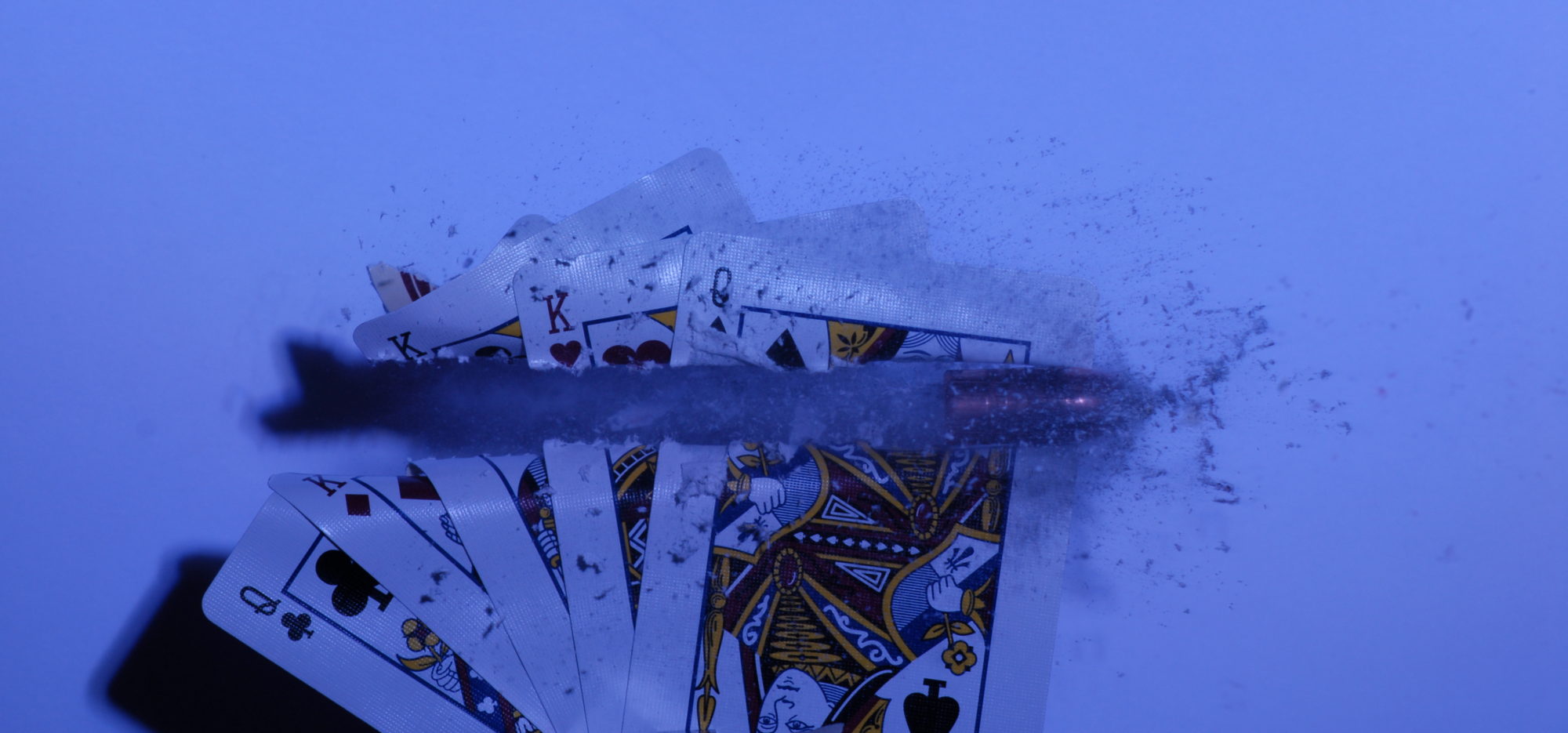“The Devil is in the details”, this one expression, repeated over and over again when I was part of the R&D Team at Barnes Bullets. This expression has had lasting effect on how I do projects. It is simple to come up with the concept of a project, and it is easy to dive right in and not knowing that there are serious flaws hidden in some of the seemingly minute details that will make or break a project. Taking the time to sort out these details before you get into the project will help you determine if the project is feasible and help you to mitigate potential problems before they arise.
The time spent enacting a bit of forethought will save time, money and frustration down the road. It doesn’t promise the success of the project, but it helps to sort out the most blatant problems. For this reason I’ve developed Solids model of the drone, which will serve multiple uses, including predicted power, component placement and it effect on CG, and estimated flight time. This help us work through what may be some challenges of the project without spending a dime.

At this point we’ve made it clear that one of the metrics to gage the projects success is how well we can match or exceed the performance of our original Ebee drone. So to figure out what a “Reasonable” airspeed assumption is, we’ll take a look at what the Ebee typically did.
Based on my flight logs, the average airspeed of the Ebee during the last 10 flights was 21.6 knots. This estimate includes takeoff and landing so the actual cruise speed is likely higher. So for all of our power requirements we will want to assume that we want our drone to fly at least 21 knots, but to be conservative we will increase this by 30% to 28.0 knots.

(Much of the work will be doing will be done using SolidWorks Computational Fluid Dynamics (CFD) software. I am by no means an expert in using this software or understanding all of the theories behind CFD. So the results that come out of this could be complete garbage, or they could be useful. I freely admit am relying heavily on projects others have done in the set up and running of this model. A general rule of thumb for the model RC airplane seems to be 100 Watts of motor power per 1 pound of aircraft weight. Remembering that general rule will help serve as a litmus test on the CFD model. )
We are interested two variables, the total drag on the airframe, and the amount of lift that is produced. The airframe needs to produced enough lift to hold itself and the equipment in the air, and the motor needs to produce enough thrust to equal the amount of drag produced.
For the first run we took our model and placed it in a basic atmosphere. We just used the foam airframe, the atmosphere is 50% humidity, the temperature is 68 degrees, and the air pressure is 14.6953lb/in^2. Our drone is traveling at 46.9fps or 27.8 knots. The control surfaces are level in relation to the bottom of the wing.



So what are the numbers from this first run?
Based on this first run the total Drag, or the force applied in the Z Direction is .22lbs (99.7grams) and the amount of lift generated is .94lbs. The weight of the drone is .97lbs. At this point the lift generated, with the control surfaces at 0 degrees is insufficient to maintain it’s altitude, and the drone would slowly drop. This is just the airframe without anything in it.
The second run with the control surfaces at 10% netted us at 3.52lbs of lift, and increased drag to .50lbs.




So what have I learned at this point? Well, a few things. If we are to assume straight and level flight, there will be some drag, and that drag is dependant on how much lift we need the wing to generate. (Actually I already knew this, but I was able to demonstrate it, which is kind of cool)
What I really learned is that motor and prop that provides 1,250g of thrust (~2.7lbs) is more than capable of providing enough thrust to overcome drag with the control surfaces at 10% (in this scenario). The motor would be turning at approximately 20% power to maintain a cruising speed of about 27 knots or 25mph.
With a photogrammetry drone we want to cover distance. It’s not unusual that I will cover 200 or more acres across multiple flights. Everytime I have to bring in the drone to change out batteries, it is wear and tear on the drone when it lands, and it is time spent not taking photos. So we want to be able to increase the amount of time it is working, this means we want to maximize the battery storage and minimize the amount of energy we need to keep it going. It becomes a balancing act.
So if we are under utilizing a motor, can we get buy with a smaller motor and save a few grams? This will reduced the amount of weight, reduce the amount of lift required, which ultimately reduces drag, and result in a longer flight time. Also, now that we can visualize where parasitic drag occurs can we make some simple modifications to cut down on this drag?
All of these things we’ll look at and try and make the best decision based on both what is modeled and what is practical. Then we will test the real world, and see how close the model comes to what we modeled. Before we can get to that point, we need to work on our model and add things like motors, and see if we can’t model in the thrust. That is going to add more complexity to things and likely is worth doing a separate write up on.
